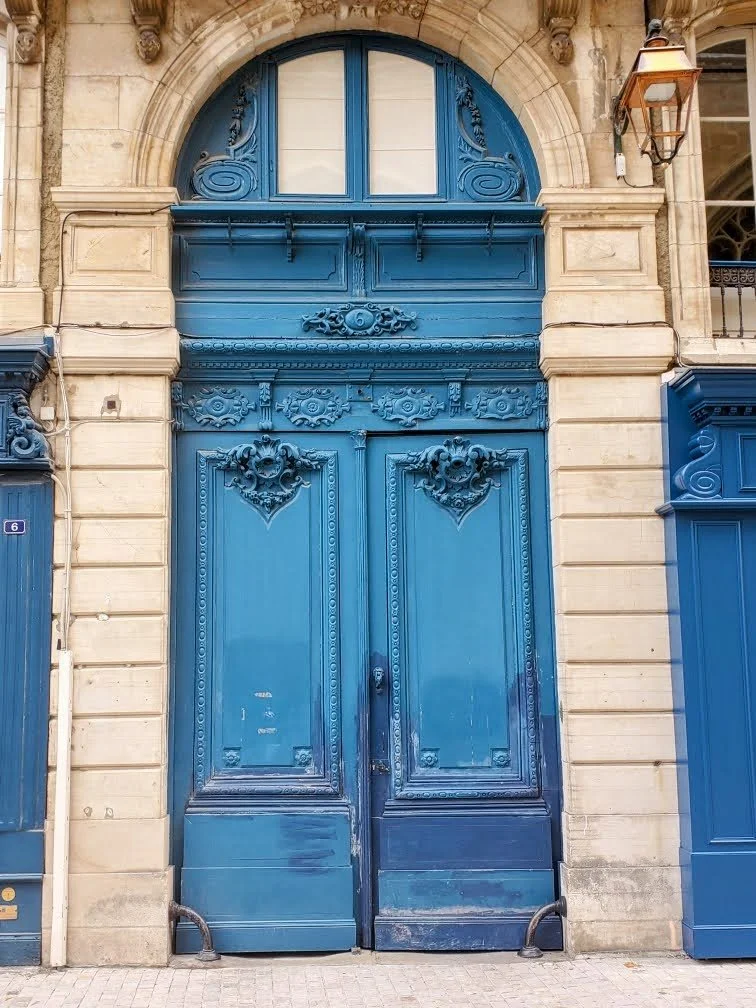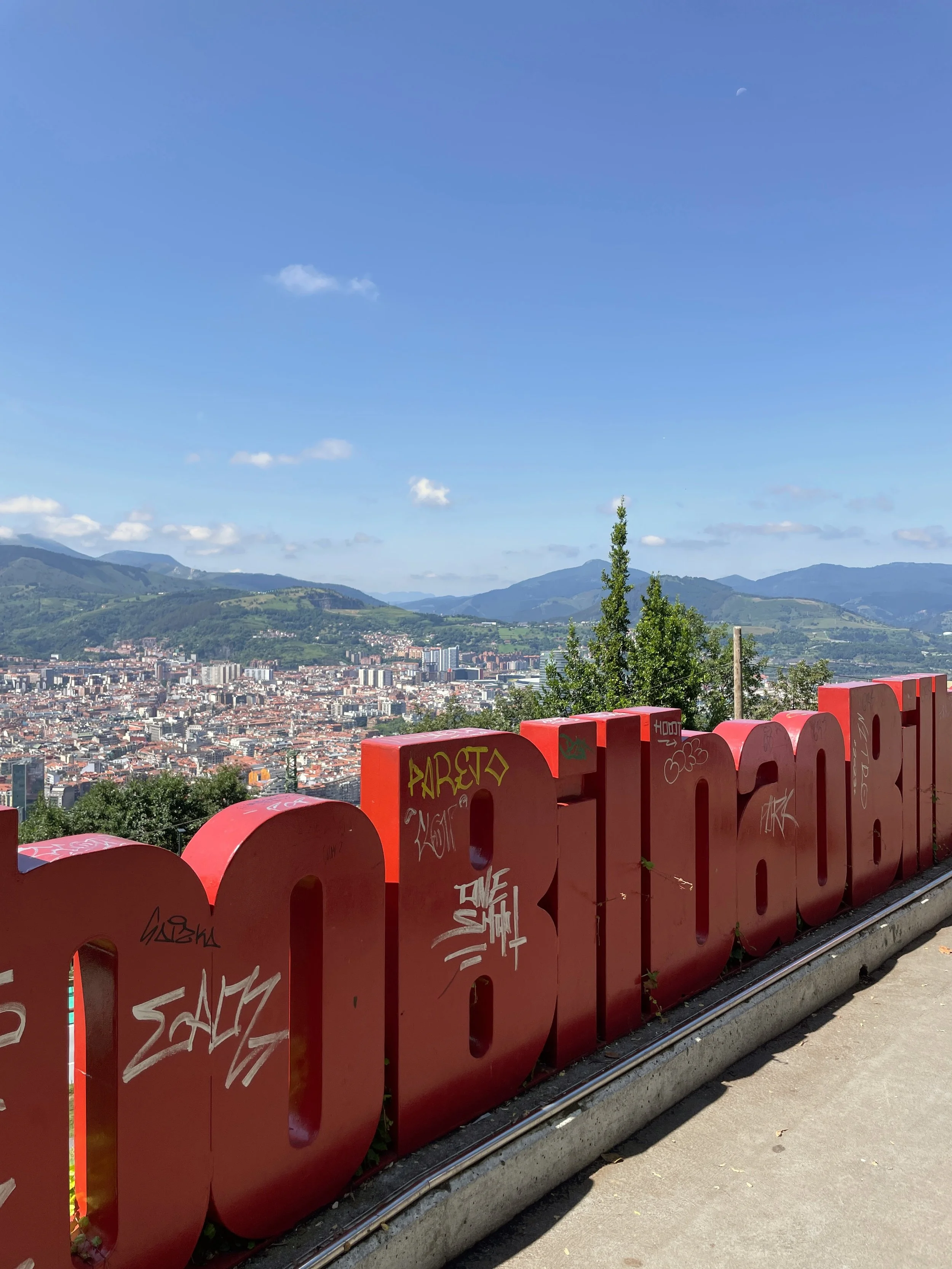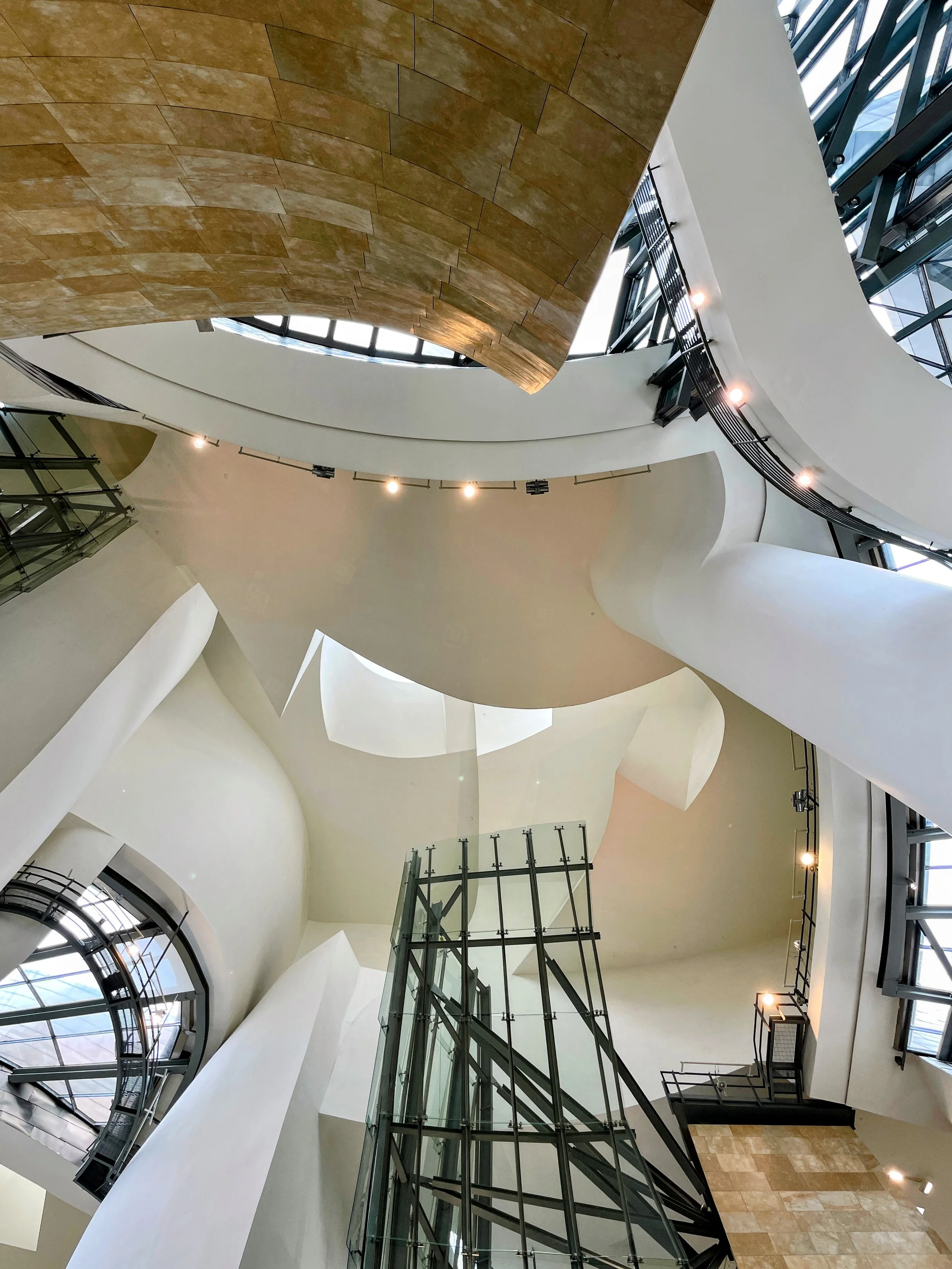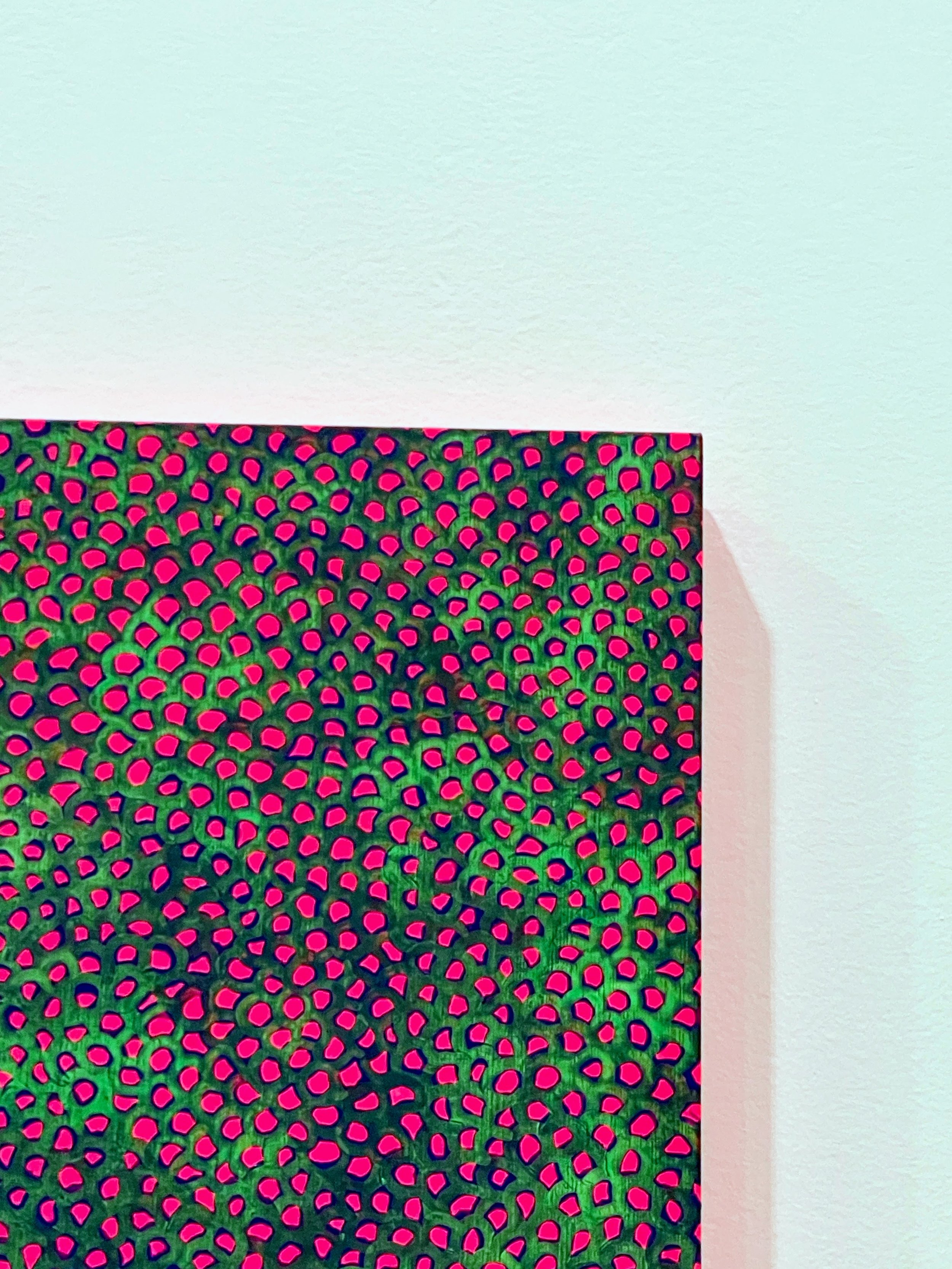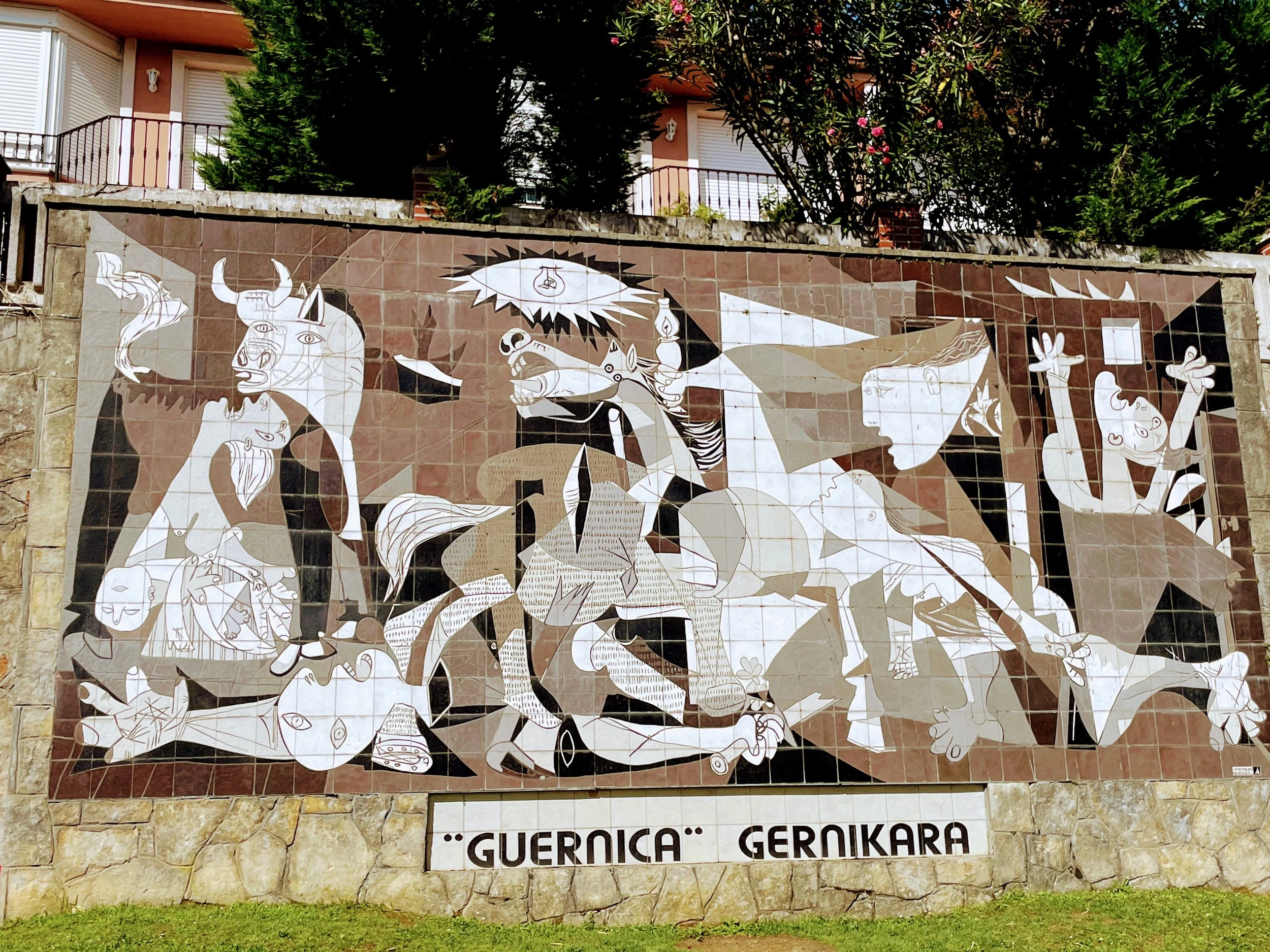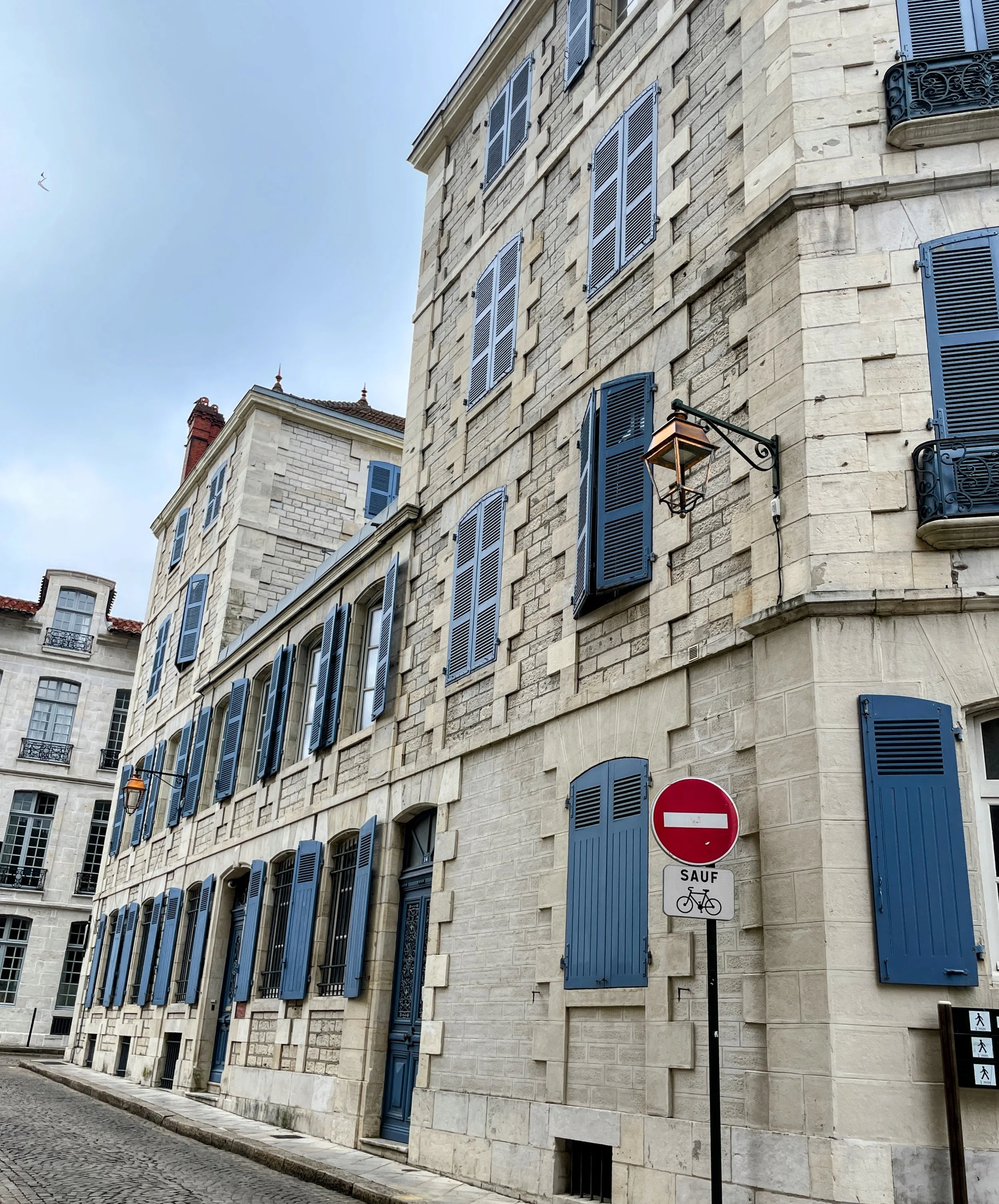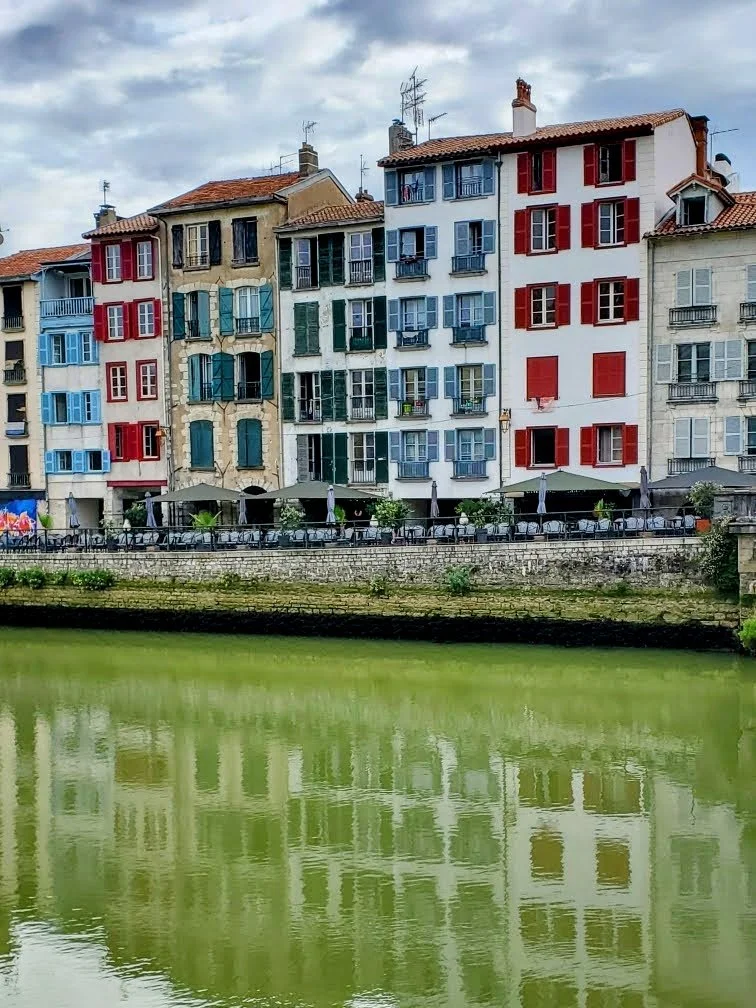Traveling to the Basque Region - a trip report
July 2023
My husband and I, along with five other couples, just spent 12 days with AmaWaterways on their “Taste of Bordeaux” tour. Here is a recap of where we went, what we did, and more.
Several months ago, as we were thinking about taking a second river cruise (my fourth as I had done two previously with my mom and sisters), I noticed that AmaWaterways was doing a promotion–a free land package with some of their routes. This seemed too good to be true, so I checked with my travel agent and sure enough, it absolutely was true. Hooray!
Never ones to pass on a great deal (and what’s greater than “free”??), we all decided to go for it and add a land package to our Bordeaux cruise. Interestingly, the land package we decided on was a pre-cruise excursion to Spain, a place I had never been or knew anything about. In fact, the towns we’d be visiting–Bilbao and San Sebastian–I had never even heard of before. So, earlier this summer, I took some time to research these two cities.
I learned that these cities, located in the very northeastern corner of Spain, are in the Basque region. The Basque, I learned, is a culture very much unto itself with a long history and a proud heritage–it even has its own language. This is also very much a foodie region with more Michelin star restaurants per capita in San Sebastian than almost anywhere else in the world.
I was intrigued.
Bilbao
We flew to Bilbao, which has a tiny, tiny airport (that, according to one of our tour guides, not all of its citizens are happy about). It’s located between two mountains and frequently has to shut down because of high winds. Luckily on our day of arrival things were quiet and we were able to land without incident.
Bilbao is the home of the Guggenheim Museum, which we were able to visit on our last day there. What an incredible place! Not only is the art inside amazing, the architecture of the building itself is also incredible. I’m not necessarily one for modern art, but the Guggenheim may have begun to challenge my preconceived notions. I absolutely loved it.
We also saw the Old Town, which is very lovely and walkable. And the Vizcaya Bridge, which is a hanging bridge that is also a UNESCO World Heritage Site.
One day we took a trip to Guernica, about an hour’s drive from Bilbao, where we toured their market and a bit of the town. But what Guernica is really famous for is that it was a testing ground for Nazi bombs years prior to WWII. In April of 1937, Franco, working in conjunction with Hitler and Mussolini, approved an all-out assault on the city that pretty much flattened it. Later, Picasso painted his famous “Guernica,” a work that depicts the horrors of the bombing.
Our guide spent a long time in front of a replica of Picasso’s painting, explaining its significance and meaning. What a fascinating art history talk we got! Today, the city has returned to its former glory and is a beautiful place to visit.
San Sebastian
After two nights in Bilbao, we traveled to San Sebastian, a very old city situated on the Bay of Biscay on the north coast of Spain, known today as one of the best “foodie” cities in the world. On our first night, we were treated to a walking tour of the Old Town where we got dinner at a pinxos bar and enjoyed the fun atmosphere.
Unfortunately, the next day I woke up and quickly realized I was very sick. I’m still not sure what happened–whether I got the flu or I had a severe gluten reaction to my own stupid “cheat” two nights earlier. But whatever it was, it caused me to stay in bed for the entire day and miss our day in San Sebastian. Thankfully, it wasn’t a travel day so I could rest, but according to our friends, I missed a really great city. They all enjoyed walking around San Sebastian a lot, and if their purchases were any indication, it’s a great shopping town.
Bayonne, France
After two nights in San Sebastian we traveled north to our ultimate destination, the Amadolce ship docked in Bordeaux. On the way we took a detour to Bayonne, which is still in the Basque region, but on the France side. We had a short walking tour of Bayonne, then we were given a little time to shop and get lunch before heading on to Bordeaux.
One interesting note about Bayonne is that it was occupied by the Germans during WWII, so the town remained intact. The buildings in the center of the town are unbelievable—so old that they take you back to another time. I really enjoyed just walking around, imagining what life was like both before and during the war.
Everyone in our group agreed that Bayonne was a pleasant detour. Not only was it beautiful and charming, the shopping was fantastic (I’m not a huge shopper, but I did enjoy a few of the stores), and the lunch places were great. We all loved Bayonne and wish we could have spent just a little more time there.
Overall Impression
I have to say that, having never heard of these places and knowing nothing about the Basque region of Spain, I was so pleasantly surprised by it all. I loved the quaintness of each place, the cobblestone streets, and the food. It truly was such an interesting experience that I wasn’t expecting. I’d highly recommend visiting the Basque region.
In my next post, I’ll share about our week on the Amadolce in the Bordeaux region of France.

